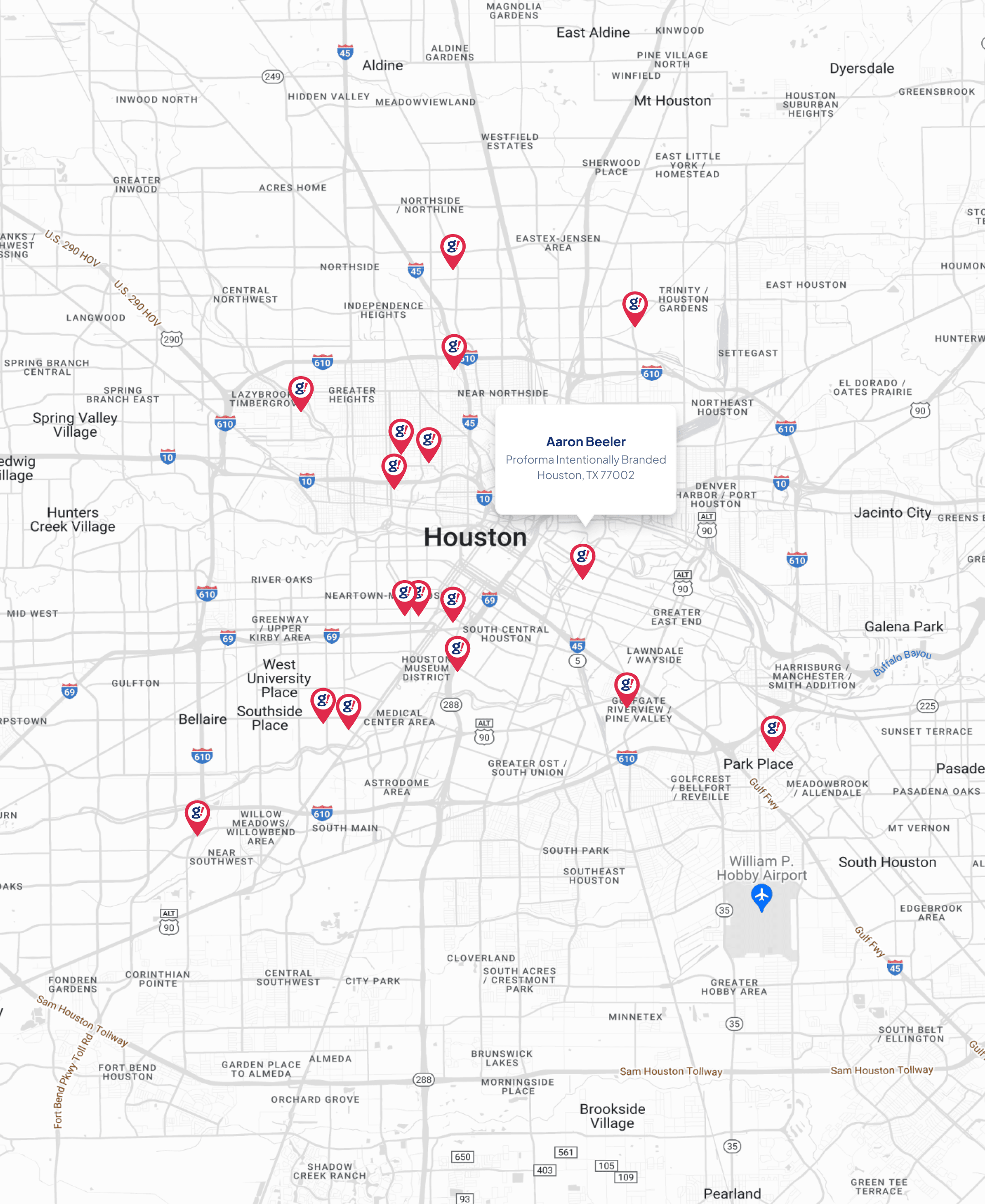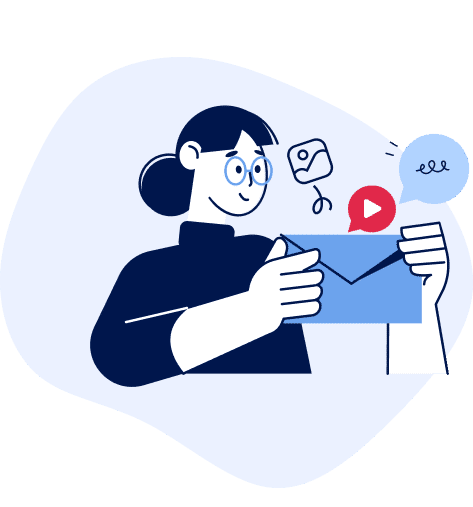How to Use Search Intent for Your Business
- Updated on: 2018-01-06
- Read original article here

Search intent, sometimes also known as keyword intent, is the ultimate goal of the person using a search engine. With the Google Hummingbird and Google RankBrain algorithms, the search engine can interpret search intent and display results that meet that search intent, often through rich snippet results like the Answer Box and Knowledge Panel. Keyword intent can also describe keywords used by potential customers and leads at various stages of the conversion funnel. Since people look for, process, and use search results differently based on their ultimate goal, understanding and optimizing for search intent is hugely important for SEO (and digital marketing in general).
To go somewhere. The user wants to find a specific page or site (think of your great aunt searching Google for “Facebook” instead of just going to facebook.com). They are dominated by branded keywords. To know something. The user wants to answer a specific question. These queries will include “how to”, “what is”, “where is”, “why do” and other interrogatives. To do something. The user wants to complete an action (conversion). This isn’t restricted just to purchases. It could be an email signup, lead generation form submission, store visit or a phone call. Of course, some of those “somethings” might be hard to measure in analytics, but that doesn’t mean they don’t matter! To not pay for something. We call these “freebie keywords” and it is highly unlikely these users will convert now or in the near future. The user is looking for a free product, service or resource.
As a practical example take a look at these three queries:
A user searching for each of those queries is going to have very different expectations for their landing page.
So, obviously, intent optimization can be boiled down to “create pages that answer the user’s questions or allow the intended transaction.” It is not really a complicated idea. But there are some good guidelines when it comes to optimizing for different intents.
As mentioned above, these queries will include interrogatives like “what is” or “how to”. They can also include modifiers that indicate informational intent like “history of”, “meaning of” or “age”.
The key to optimizing for information intent is to use the full questions in the most important on-page content:
Then, when you answer the question, put the body copy containing the answer directly below the header containing the questions.
So, something like this:
Search intent, sometimes also known as keyword intent, is the ultimate goal of the person using a search engine.
When answering a “how to” query, structure the content so the tag contains the query, and then put each step of the process in an tag:
Cook the pancake on one side
Slide the spatula under the pancake so that it’s centered
In one solid motion, flip your writes 180 degrees
Only flip your pancake once
Expound on each point in the body content after the content.
The key to optimizing for transactional search intent is to make it blatantly clear how the user can convert, and what conversion will mean for them.
Finally, try to keep your conversion process as short as humanly possible. Limit forms to only the information actually needed for the conversion, and consolidate as much as you can on the landing page (account creation, file downloads, newsletter signups, etc.).
Obviously, transactional queries are going to be your first thought when it comes to targeting intent. But don’t be blinded by dollar signs. The great thing about search intent is that each one represents an opportunity for your business, regardless of what that business actually does.
Navigational: These are easy pickings, but you still need to pick. Make sure you have landing pages for your products, services, and other offerings. Optimize those pages using product and brand names in title tags, meta descriptions, and HTML headers. Informational: These queries make up the vast majority of searches performed on Google, so you can’t afford to ignore them. Consider these queries your opportunity to acquire leads to be converted later, establish your brand as an authority, and make people aware of what you have to offer. Transactional: Ok, these are your money makers. Create landing pages for these that allow users to make the transaction/conversion directly on the landing page. That means signup forms, lead submission forms, or add to cart buttons. Freebies: If you offer free versions of your products/services, obviously create pages to target these queries. Even if you don’t, you can still get value from these users. Curate lists of free resources. Much like with informational queries, you can use these queries for brand/offer awareness and lead generation.
Search intent is a huge part of how semantic SEO delivers more relevant search results to users. So better intent optimization results in more relevant and qualified traffic to your website.
Obviously, this means improved conversion rates for your transactional landing pages, but will also result in boosts to informational pages as well:
These benefits are what make intent optimization so powerful. Do it right and you will see larger audiences, more qualified traffic, and better engagement metrics for your content.
If you aren’t already optimizing pages for search intent, you should start now. Running an in-depth SEO audit that incorporates analytics and Google Search Console data will help you identify content that Google sees as already matching user intent, and opportunities to create optimized content.



